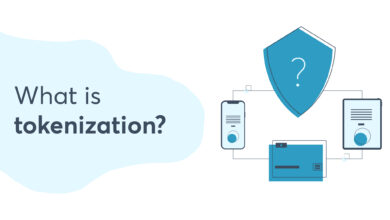What is Non-Custodial?

You can store and move digital assets using cryptocurrency wallets, both custodial and non-custodial, by connecting to and interacting with a particular blockchain network. For instance, the Solana blockchain can only be interfaced with Solflare, whereas the Ethereum blockchain can be interfaced with a software wallet like MetaMask.
The two types of cryptocurrency wallets are as follows:
- Actual wallets.
- Digital wallets.
Remember that every cryptocurrency wallet contains these two essential components as well:
- An ordinary key.
- A coded key.
Public and Private Crypto Wallet Keys
A public key basically represents your crypto wallet’s address. This is a public data point that is used to receive incoming cryptocurrency and encrypt exiting transaction data, much like your home address. You only need to use the public key as the deposit address to add cryptocurrency to a wallet. This is similar to using your handle on a site like Venmo or CashApp.
A private key is used to make it easier to remove cryptocurrency from a wallet and prove control over any money stored there. Imagine it like your front door’s key. Just like you wouldn’t want a stranger to have your front door key, you don’t want anyone to have access to your private key.
This is because anyone who has access to a wallet’s private key can effectively take over its contents and move money to another location. Furthermore, unlike traditional finance, there is no way to reverse the transaction without also reversing the blockchain, which is incredibly unusual in the industry.
The two keys are combined to move cryptocurrency from one wallet to another. To send bitcoin over the blockchain network, a user must first submit the public key, and then confirm the transaction by entering the private key. The wallet will broadcast the transaction to the network and link the recipient’s public address to the coins to complete the transfer once the public and private keys have been entered accurately.
Cryptocurrency is essentially a bearer asset because the person who controls (owns) the private key to a wallet effectively controls (owns) the coins inside.
Why is all of this important, then? It is necessary to know who controls the private keys in order to distinguish between custody-based and non-custodial wallets.
Custodial Crypto Wallets
Similar to bitcoin exchanges, centralized businesses called “custodial wallets” offer wallet services. Reduced user responsibility for managing private keys is one benefit of custodial wallets.
When a user hands over control of their wallet to a business, they effectively outsource their private keys to that business. Users don’t have to take care of securing the wallet’s private key; they place their trust in the company to do so.
After connecting in with a username and password to a custodial wallet, a user just inputs the public key of the place they wish to send bitcoin to into the platform, and the business enters the private key to complete the transaction.
As a result, the user receives an extraordinarily simple solution, but there is also an elevated risk. There have been hacks on a number of exchanges, including Mt. Gox, QuadrigaCX, BTC-e, and Bitstamp.
Some nations have prohibited their citizens in some locations from using custody wallets as a result of the recent development of the conflict in Ukraine. Even more recently, the Canadian government attempted to seize the assets of a group of individuals who had contributed to the Canadian trucker protest by paying for it.





